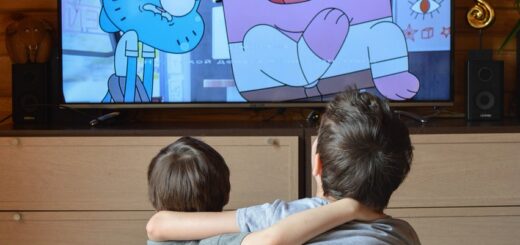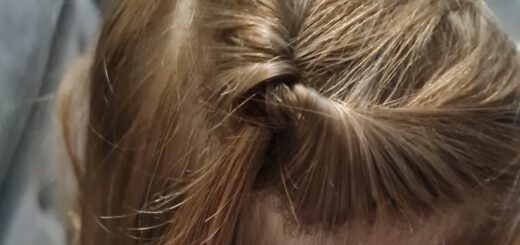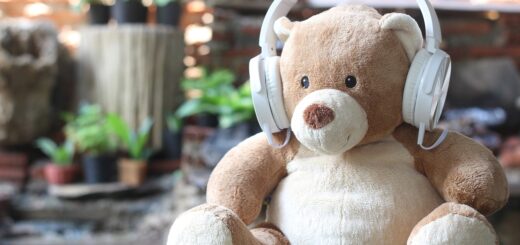Toddler talk: Speech therapy at mealtimes
I’m a slave to my stomach. Mealtimes are the highlight of my day – especially as I can’t leave the house easily with little ones. And as she takes after me, my daughter is the same: she LOVES food. It’s her biggest motivation – so it’s of no surprise it was the best place to get her talking, from first words to first sentences.
My daughter would be the perfect spy – she likes to listen and learn about what’s going on around her so she needed a bit of a kickstart when it came to actually saying words herself. The only ones we could get out of her for a long time were ‘Daddy’, ‘Mummy’ and ‘milk’ because it felt like that was all she ever wanted. I had been pretty relaxed about it, believing she would talk in her own time but as more chatterboxes appeared at mum group, I felt more judged by the Mother Superiors and their flashcards. Mum Guilt had truly taken over.
Speech is an odd thing. If you’re boring someone, they will do anything they can to avoid talking to you. Find the thing they love and they can rattle on for hours. And toddlers are no exception. I knew I needed to motivate my daughter to talk: enter lunchtime.
The first thing I did was feed my toddler a buffet of finger food, where each choice was in its own bowl. If, for example, I had mango and cheese, I would point to each option (or hold the food in each hand) and ask what she wanted. Any response, any at all – pointing, reaching, screeching when I pointed at an option – I would answer, giving her the food of her choice. It showed two things: 1) she was communicating with me and 2) I was listening to her – encouraging her to continue.
Each time I gave her a food, I would say its name focusing on the vowel sound at first, before saying it properly by the third go. First of all, it would start as a babble but eventually, after repeating this each lunchtime, my daughter would be clearly saying the food names until I was often introducing new foods into our buffet and hearing her repeat them back to me in that same meal. Success!
Foods which got her talking…
Banana
Cheese
Blueberry
Mango
Melon
Apple
The great thing about getting those first words in your toddler’s repertoire is you have something to build on so using our favourite times of day – breakfast, lunch and dinner – we would highlight ‘big’ and ‘small’ by giving out large and little pieces of food, or revise the colours by bringing out a multi-coloured buffet. Sometimes we would describe the food as ‘sweet’ or ‘juicy’ or ‘crunchy’; ‘too hot’ if it was porridge or ‘so cold’ if it was ice cream.
We springboarded off this by expanding my daughter’s vocabulary beyond the high chair, making use of park trips and learning walks instead. But a few months later, I got to thinking about first sentences and returned to the trusty lunchtime spot…
The first sentence starters to model for children are ‘I see’, ‘I want’ and ‘I like’, the last two being particularly useful at dinner time. So, just as before, I would ask my daughter ‘What do you want?’ and this time, after she said the name of her favourite food, I would follow up with ‘I want (melon)’. I continued this throughout lunch, reinforcing the starting phrase – especially with her favourite foods.
We kept this up each day, reinforcing ‘I want’ and ‘I like’ and my toddler started using them – which was brilliant! Other times she would go quiet – because the trouble with all this is it’s a little robotic isn’t it? It doesn’t make for some very fun conversations day in, day out. And from a mummy’s point of view, I knew the best way to keep my daughter communicating was for her to enjoy it. So when I first heard her say, ‘I like crisps’ of her own volition, I knew we were near the end of our lunchtime speech lessons.
But even now, I’ll give her two options when I think she’s going a bit quiet on me. Except I get other phrases like ‘I don’t want it’ or ‘That’s what I said’ if I try to help her make her sentences longer. And she’s still guilty of just grabbing the food bowl when she wants it.



